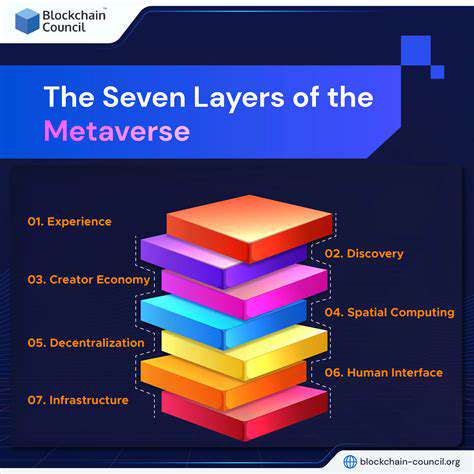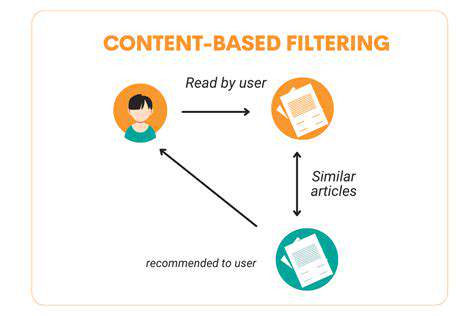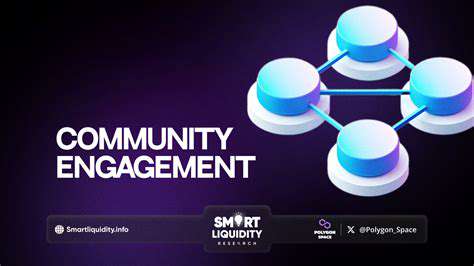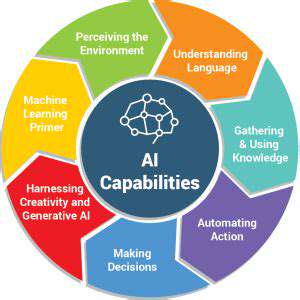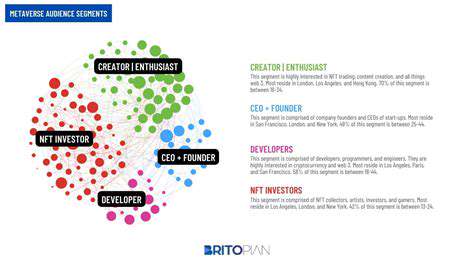The Role of Advanced Haptics in Immersive Experiences
Beyond the Basics: Exploring Multi-Modal Haptic Feedback
Modern haptic feedback systems have progressed far beyond basic vibrations, now incorporating multiple sensory modes. These systems can simulate pressure, temperature, and texture, not just vibration. Such advancements create possibilities ranging from gaming to medical training.
Combining various haptic sensations produces richer, more immersive experiences. This complexity enables greater precision in feedback, enhancing virtual environment interactions significantly.
Precision and Control in Haptic Devices
State-of-the-art haptic systems emphasize exactness and control, particularly important for applications requiring fine motor skills. Surgical simulators and robotic interfaces benefit enormously from precisely modulated intensity, frequency, and duration of feedback.
Advanced algorithms and hardware generate highly specific tactile sensations, allowing users to interact with virtual elements with remarkable fidelity and control. The result is more intuitive and effective user experiences.
Immersive Experiences in Virtual Environments
In VR and AR applications, sophisticated haptic feedback is indispensable for genuine immersion. When physical sensations match virtual actions, users feel more connected to digital worlds—whether experiencing virtual textures or impacts.
This immersion stems from translating complex virtual interactions into tangible physical feedback, expanding the boundaries of virtual engagement.
Applications in Medical Training and Rehabilitation
Advanced haptic technology shows great promise in medical fields. Surgical simulators with realistic tactile feedback improve training outcomes and patient safety. Rehabilitation programs also benefit by making therapy sessions more engaging and effective.
The Role of Haptic Feedback in Industrial Automation
In industrial settings, haptic feedback enhances robotic system safety and efficiency. Real-time tactile alerts about system status can prevent accidents and boost performance. Such feedback provides crucial environmental awareness, reducing training requirements.
Future Directions and Innovations
Haptic technology's future focuses on more nuanced feedback, compact designs, and broader accessibility. Continued advancements in materials and microelectronics will yield even more realistic tactile sensations, transforming human-machine interaction across multiple sectors.
Hybrid learning blends the best of traditional and digital education, offering unparalleled flexibility. The integration of structured instruction with self-directed learning creates revolutionary educational possibilities. Students benefit from dynamic in-person discussions combined with round-the-clock access to digital resources.
The Future of Haptic Interaction

Exploring the Potential of Tactile Feedback
Haptic technology is transforming human-computer interaction by making digital environments more tangible. The ability to virtually experience textures, shapes, and forces will revolutionize multiple industries, from entertainment to healthcare and design.
Current implementations show promise, but future developments may enable even more sophisticated sensations, ranging from gentle touches to powerful impacts.
Immersive Experiences Through Tactile Feedback
Imagine virtual environments where tactile feedback makes interactions feel completely real. From exploring digital museums to operating simulated equipment, haptic technology will dramatically enhance engagement and realism, benefiting training and design processes.
Advancements in Haptic Device Technology
The development of compact, affordable haptic devices is key to widespread adoption. Research focuses on miniaturizing components to create versatile, wearable interfaces suitable for various applications.
Haptics in Healthcare and Rehabilitation
Haptic technology shows particular promise in medical fields. Therapeutic applications could include targeted rehabilitation exercises, while surgical training simulations would allow safer practice of complex procedures.
Haptics in Gaming and Entertainment
The gaming industry continues pushing haptic boundaries, creating more immersive experiences. Beyond games, this technology could enhance storytelling, virtual tourism, and educational applications through enriched tactile feedback.
Challenges and Future Research Directions
Key challenges include cost reduction, improved sensation algorithms, and ensuring user comfort. Ongoing research in biomechanics and neuroscience will lead to more natural, intuitive haptic interfaces.
The Impact on Design and Manufacturing
Haptic feedback could transform design processes by enabling intuitive interaction with 3D models. Virtual prototyping with haptic interfaces will minimize physical prototypes, saving considerable time and resources.
Read more about The Role of Advanced Haptics in Immersive Experiences
Hot Recommendations
- Immersive Culinary Arts: Exploring Digital Flavors
- The Business of Fan Funded Projects in Entertainment
- Real Time AI Powered Dialogue Generation in Games
- Legal Challenges in User Generated Content Disclaimers
- Fan Fiction to Screenplays: User Driven Adaptation
- The Evolution of User Driven Media into Global Entertainment
- The Ethics of AI in Copyright Protection
- Building Immersive Narratives for Corporate Training
- The Impact of AI on Music Discovery Platforms
- AI for Audience Analytics and Personalized Content
